
Gustave Caillebotte
was close friends with Monet, Renoir, and other French Impressionist artists. He’s not a household name like they are…and he should be! I spent all Sunday researching Gustave Caillebotte and his family and times for my next novel, and I had to share.
His best-known painting is the iconic Paris Street, Rainy Day.
Even if you didn’t recognize the artist’s name, you’ve probably seen this one. The enormous, realistic canvas, completed in 1876, features fashionable Parisians on the then-new wide boulevards of the Place de Dublin. I could write a whole blog post just about this painting! It hangs in the Art Institute of Chicago today, so I can visit it any time (and there’s a mural of it at my favorite neighborhood café.)
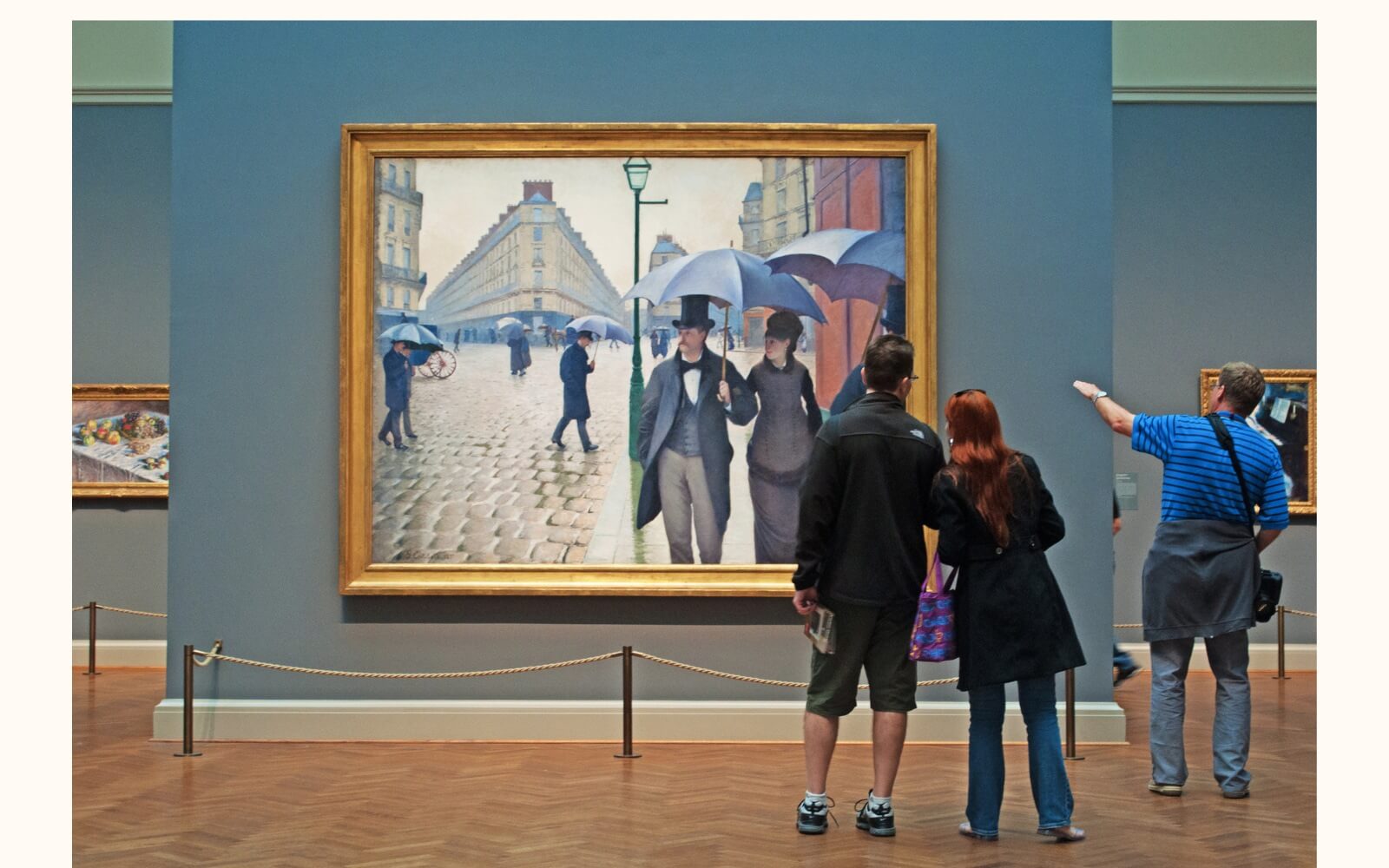
But here are some fascinating things I thought you should know about Gustave Caillebotte!
Note: the above photo was licensed, and the rest of the images in this post are in the public domain.
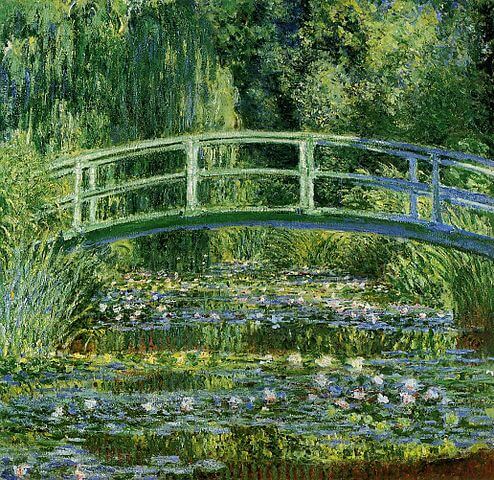
1. Gustave Caillebotte is probably a big reason French Impressionist paintings are so popular today.
Before people began to recognize the value of their work, Monet, Renoir, Pissarro, and other Impressionists struggled financially for decades. Their close friend Gustave Caillebotte, who was independently wealthy, bought dozens and dozens of their paintings, helping them to continue.
2. Gustave and his brother Martial were Renaissance men.
Gustave didn’t paint nearly as much as Monet, Renoir, and Degas…maybe because he did so many other things as well. He raised rare orchids in greenhouses. He got involved in local politics. Along with his brother Martial, he put together an impressive stamp collection, now part of a larger collection in the British Library. He and Martial also designed and raced yachts.
Martial was a photographer—a very new medium then—and Gustave’s paintings were influenced by photography. Martial was also a musical composer, and his brother painted him at the piano. You can hear one of his works for piano here!
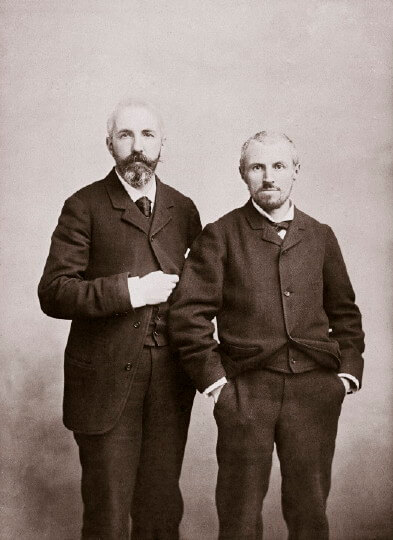
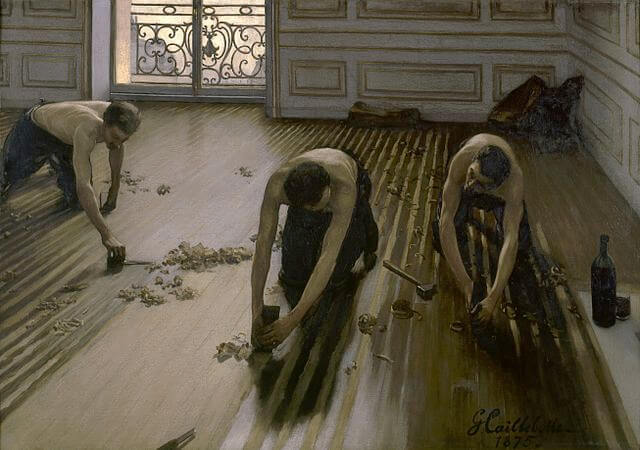
3. People now believe that Gustave might have been gay or bisexual.
Gustave Caillebotte never married, and some of his paintings—such as his famous painting The Floor Scrapers, left, and the nude Man at His Bath—show a strong appreciation for the male form. Some people have suggested that he was gay, pointing in particular to his un-idealized painting of a female nude, Nude on a Couch. But Degas also painted naturalistic rather than idealized female nudes, and I think another female nude Caillebotte painted was quite sensual (here’s the link.)
Caillebotte had a mistress and companion for many years, Charlotte Berthier (also known, strangely enough, as Anne-Marie Hagen). One of Caillebotte’s letters makes it clear they were living together for a while, and when he died, he left her a house and quite a bit of money.
Although there’s no way to know for sure, and it doesn’t matter in terms of his artistic legacy, I think Gustave Caillebotte was probably bisexual.
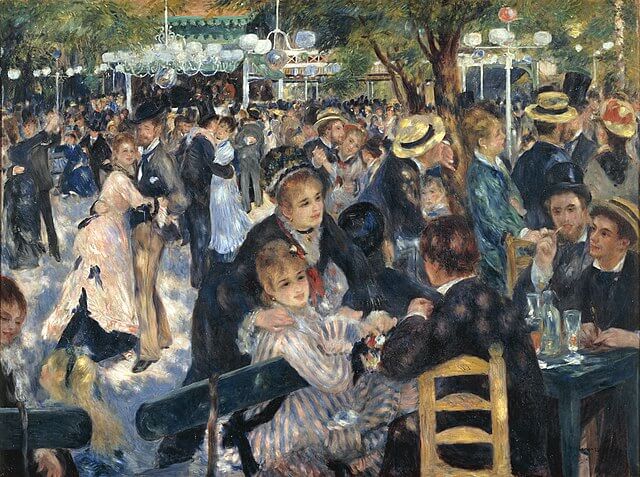
4. In his will, he left sixty-eight paintings to France…and France didn’t want them.
Gustave Caillebotte unfortunately died at the age of forty-five. His will left paintings by Monet, Renoir, Pissarro, Manet, Cézanne, and Sisley to the French government, stipulating that they needed to be displayed in Luxembourg Palace and then the Louvre.
The French were less than impressed. The most famous artist of the time, Jean-Léon Gérome (I know: “Who?”), called the collection a pile of, well, excrement.
When France refused the gift, Pissarro was pissed. He wrote to a friend, “What a pity that Caillebotte did not have the idea of offering his legacy to a foreign country if France did not want it.” In fact, at that time, French Impressionist paintings sold much more often and for much higher prices in New York than they did in Paris.
Renoir, the executor of the Gustave Caillebotte will, talked the French government into accepting thirty-eight of the sixty-eight works, but they didn’t want them in the Louvre. This collection later became the backbone of the Musée d’Orsay’s collection of French Impressionist masterpieces.
The French government refused the rest of the paintings two more times, in 1904 and 1908. When they finally decided they wanted them, in 1928, Gustave’s widowed sister-in-law said, “Nah.”
5. Gustave Caillebotte paintings sell for millions and millions of dollars today.
In 2019, Gustave Caillebotte’s painting Rising Road sold at auction for 22 million dollars.
In January 2023, the Musee d’Orsay bought Caillebotte’s Boating Party for $47 million, thanks to a hefty donation from the corporation LVMH (Moët Hennessy Louis Vuitton.) But the highest price so far was in 2021, the Getty in Los Angeles bought his painting Young Man at His Window, right, for $53 million.
This painting is of Gustave Caillebotte’s brother René, painted the year he suddenly died in 1876, at the age of only twenty-six. There isn’t a lot of information available about René Caillebotte, but I’m very intrigued by him.
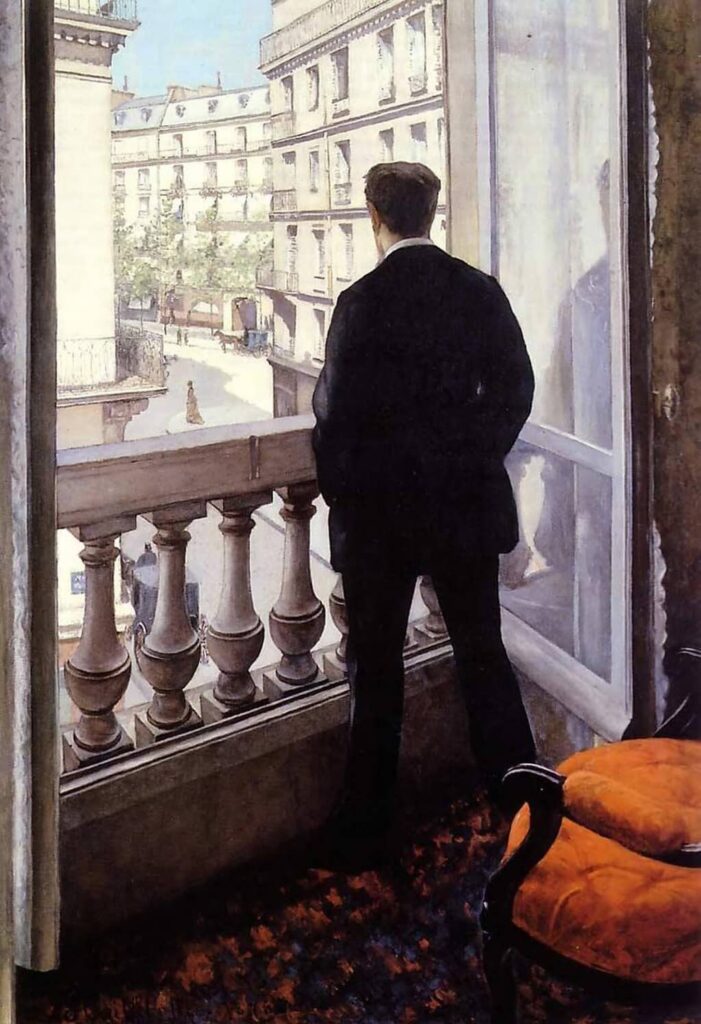
P.S. How to Pronounce Gustave Caillebotte
To me as a non-French-speaking American, the way the French pronounce it sounds kind of like “GOO-stahv KY-bot.” You can hear a French person say it in this video.
Are you ever inspired by art when you write?
And what’s the last subject you did a lot of research on for your writing? Let us know in the comments! Thanks so much for reading, and have a beautiful week!


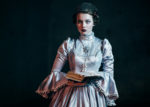


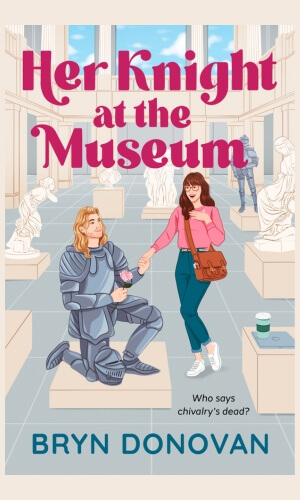



Fascinating. Thanks!
Your comment made me realize I used “fascinating” one too many times 😀 I cut one of them! Thanks for reading. And commenting. 🙂
Happy Monday, Bryn –
What a lovely essay! And yes, I have been inspired by paintings, especially those that feature stairs or open doors. I always want to know what happens next: who walks in, what are they carrying, and will it be a princess, prince, or washerwoman? All good questions perfectly formed for speculative fiction.
Also, ever interested in all things French, I cannot wait to hear more about this new story you’re writing! I’ll be looking for snippets on WIP Wednesdays. 😉
Wonderful writing, Bryn. Have a great day,
PJ
Hey friend! Thank you for the kind words! Oh, that is so interesting…stairs and open doors. I’m probably going to think about that every time I see a picture like that for the rest of my life. 🙂 It has been wonderful to learn more about France at that time! Today I’m going to figure out what they ate and what they wore. If I can get half as good as you at historical details, I’ll be proud of myself 🙂
Ah, thank YOU for the kind words. I know you’ll be terrific, and I look forward to learning more about this story! Bonne nuit, mon ami écrivain.
Intriguing! Thanks for posting this, quite the unsung hero; some historical figures of importance just get lost in the mix.
PS thanks for your’Master List for Writers’ book, it’s very useful.
Paul, I’m so glad you’re finding Master Lists for Writers useful! “Unsung hero” is the perfect term for Caillebotte as a patron, and you’re so right—we don’t always hear about people who make a big difference. Thanks for posting 🙂
I do a lot of research for my own writing and for editing jobs.
denise
I probably do too much for editing—I go down some rabbit holes! 😀 But for writing, it’s such a pleasure. I love learning!